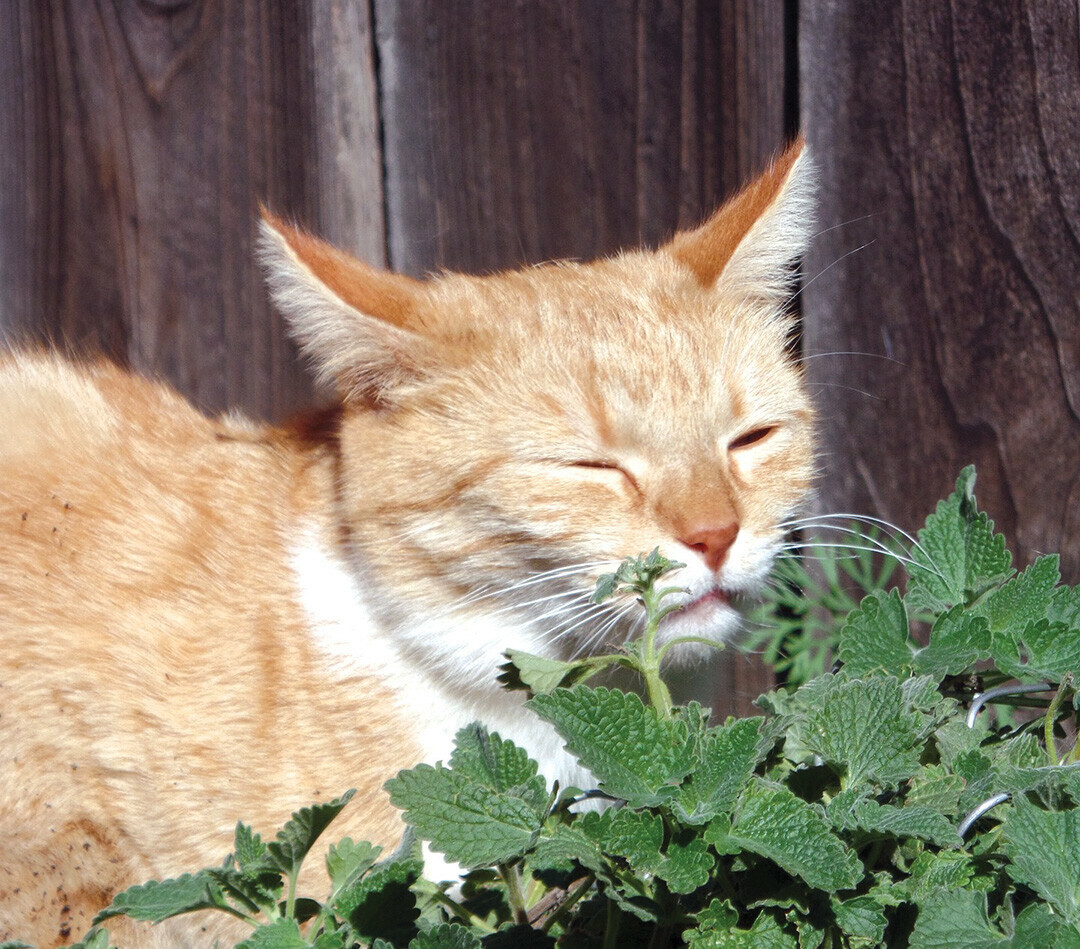What’s Up With Catnip?
the lowdown on why it makes your kitty go crazy

No matter the feline friend – domestic cat, leopard, lion, you name it – cats often go crazy for catnip. Unsurprisingly, there’s a scientific answer for why, dating back millions of years and following an evolutionary trait.
Catnip is a plant of the mint family that contains chemical compounds called iridoids that produce an essential oil, neptalactone. According to Science magazine, “(iridoids) protect (catnip plants) against aphids and are known to be the key to the euphoria produced in cats.” Research suggests it triggers the cats’ opioid system, much like heroin and morphine in human beings. It’s also believed to mimic feline sex pheromones. However, not all cats have the activated gene to respond to the oil. In fact, it affects kittens differently, with kittens not usually developing an interest until they’re around 3 months old. Generally, about 70% of cats exhibit a response to the plant.
The experience starts with the nose. According to the Humane Society of America, cats “react to catnip by rolling, flipping, rubbing, and eventually zoning out.” However, when eaten, “it tends to have the opposite effect and your cat mellows out.” The effect will last around 10 minutes before your cat loses interest.
Catnip bring euphoria to cats, but can also be used as a natural insect repellent (much like its original purpose to keep aphids off of growing catnip plants) as well as a relaxing agent for humans (think of chamomile – another plant in the mint family). Science is still exploring this phenomenon and its full effect on cats. But, if your cat could use a little spice in its life, grab a toy with catnip, and see what happens.

